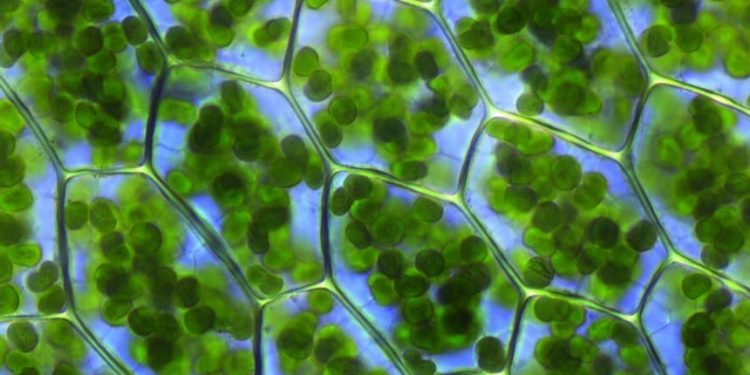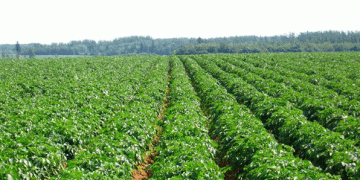@jorgeluisalonso
#Potatostorage #Chlorophyllroduction #Vis/NIRspectroscopy #Tuberquality #Cropmanagement
Potatoes are one of the most widely grown crops globally, and their storage is crucial for ensuring a steady supply throughout the year. However, stored potatoes require regular inspection to maintain their quality. A recent study published in Postharvest Biology and Technology examined the use of Vis/NIR spectroscopy to monitor potatoes by stimulating and simultaneously measuring chlorophyll in and around tuber eyes. The study aimed to explore whether Vis/NIR spectroscopy could be a useful tool for the non-destructive detection of potato tuber quality.
Optical and spectroscopic methods such as Vis/NIR can detect diseases and blemishes that result in skin defects or color changes in potato tubers. These methods can also identify chlorophyll production, which is a significant food safety concern, as increased levels of both chlorophyll and toxic glycoalkaloids are stimulated by light. Recent hyperspectral imaging has shown that sprouts have a different optical reflection than tubers. To prevent or reduce losses, predicting the onset of dormancy break would be a significant breakthrough.
The study conducted by the Quadram Institute Bioscience, the University of East Anglia, and the Teagasc Food Research Centre in the United Kingdom used Vis/NIR spectroscopy with a fiber-optic probe to track chlorophyll production in potato tubers. The team focused on the precise positioning of the probe to minimize unwanted variation and found that the tissue under the eye is more biochemically active than other parts of the tuber. The ongoing studies aim to confirm whether different cultivars behave differently regarding the rate of chlorophyll production and if this could be related to the batch dormancy status.
The Vis/NIR technology used in this research is low-cost, robust, and industry-friendly, making it ideal for commercial applications. The ultimate goal is to develop a tool that accurately predicts the onset of dormancy breaks in potato tubers. By providing advanced warning, this tool will enable corrective action to be taken to reduce waste due to spoilage during storage, making it a valuable proposition for crop management.
The use of Vis/NIR spectroscopy to monitor potato tubers’ quality by stimulating and measuring chlorophyll production has the potential to revolutionize potato storage. This technology offers a non-destructive, low-cost, and robust solution to detect early-stage tissue changes before any sprouts emerge. It could lead to the development of a tool that accurately predicts the onset of dormancy breaks in potato tubers, reducing waste due to spoilage during storage and making it an essential tool for crop management.






